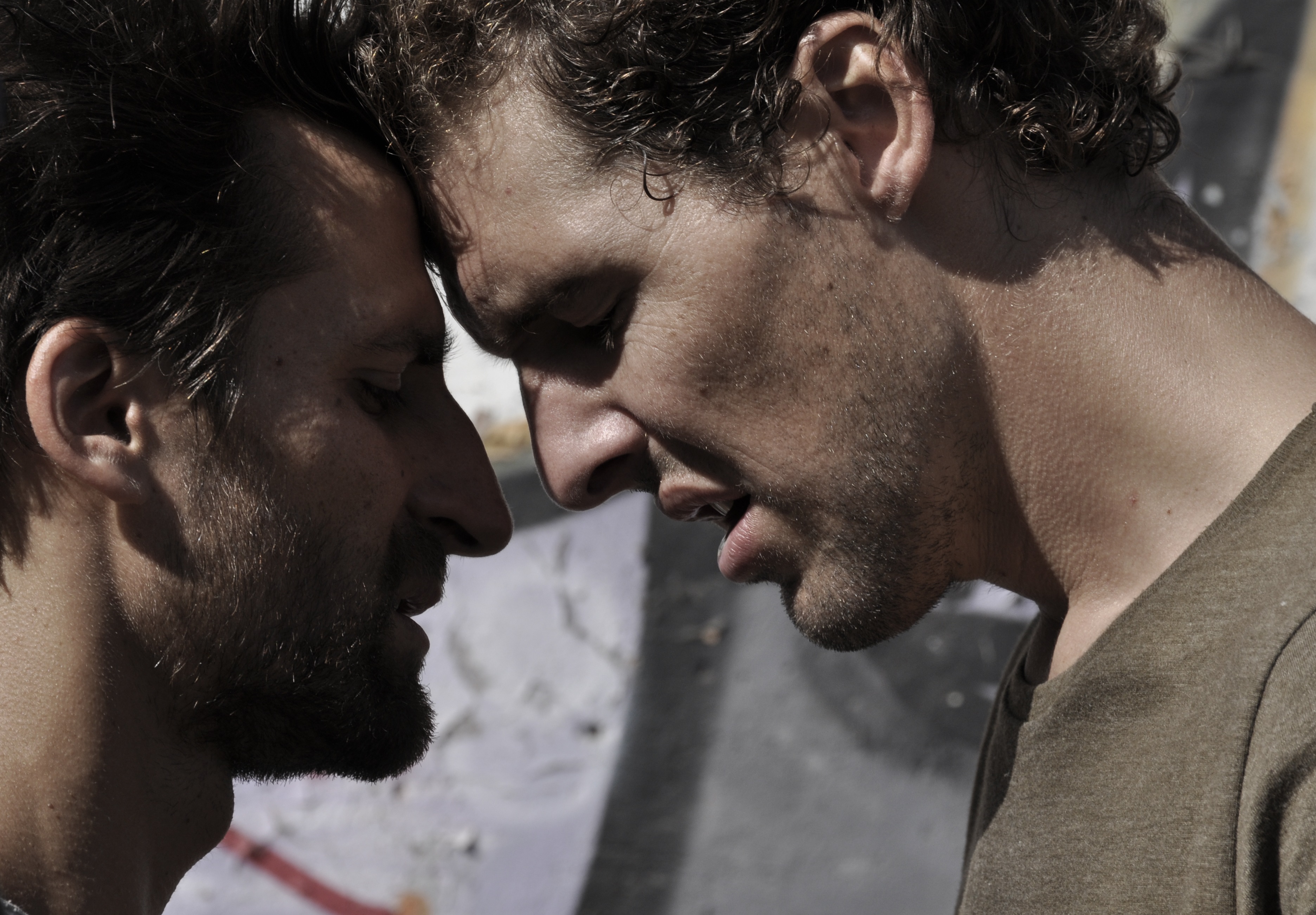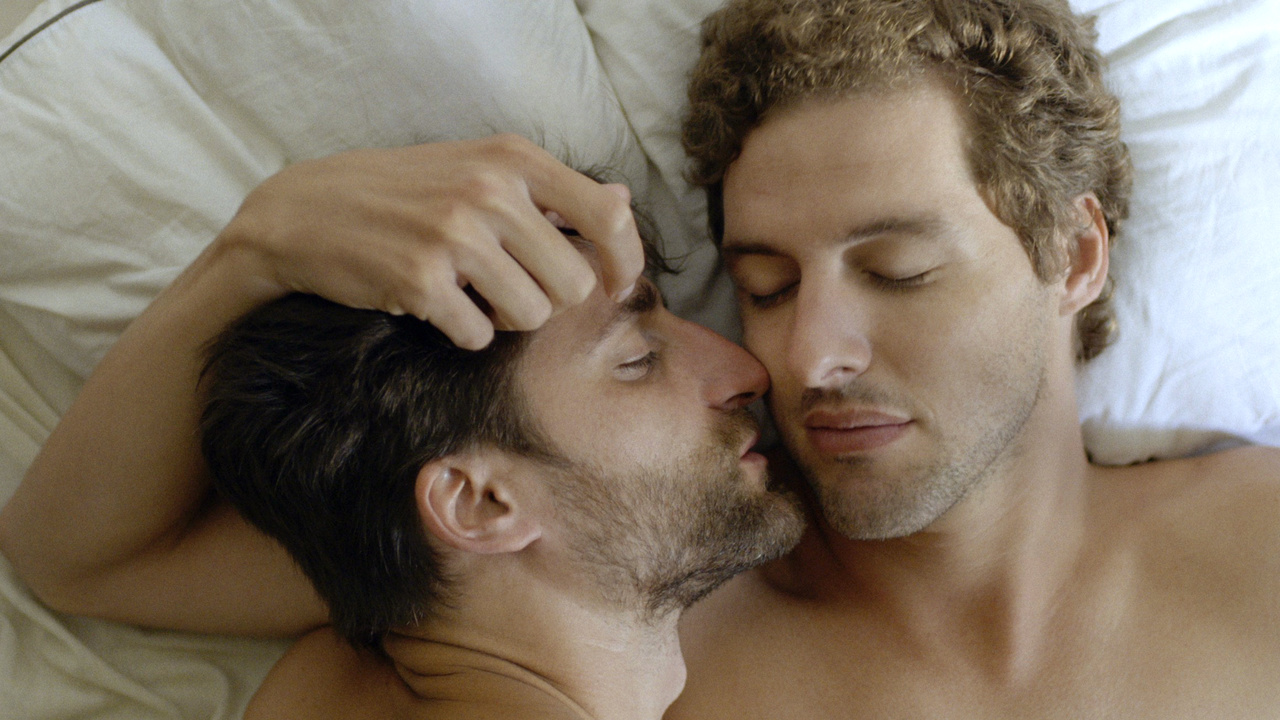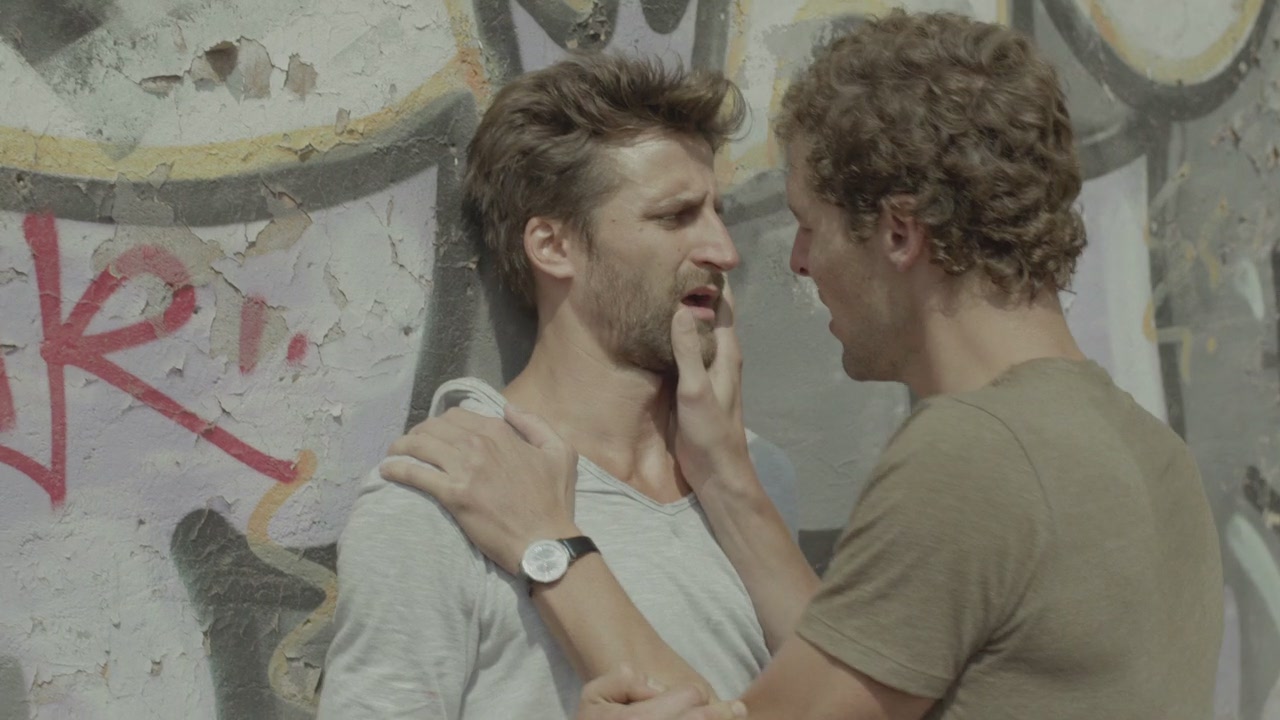In the Grays: A Bold Exploration of Identity and Desire

In the Grays is an independent drama film that boldly examines the complexities of human relationships, self-discovery, and the struggle for acceptance in a society where conformity often overshadows individuality. Directed with an intimate lens and written with raw honesty, the film has gained attention in queer cinema for its unapologetic depiction of sexuality and the emotional turbulence of living in between cultural and personal expectations. It is both provocative and poetic, offering audiences an unfiltered portrayal of vulnerability and desire.
The story follows Damon, a married man in his thirties, who appears to live an ideal life on the surface: he has a stable career, a loving wife, and a beautiful home. Yet beneath this image of perfection lies a quiet turmoil that Damon has suppressed for years—his attraction to men. When he meets a younger man who awakens a side of himself he has long denied, Damon begins a journey of self-exploration that threatens to unravel the carefully constructed world he has built. The film captures this tension with honesty, painting Damon not as a villain but as a deeply human character torn between authenticity and fear.

One of the striking elements of In the Grays is its willingness to embrace discomfort. The film does not offer easy answers or tidy resolutions. Instead, it invites the audience into Damon’s conflicted psyche, where every choice feels both liberating and destructive. His encounters with men are depicted with sensual realism, but they are also tinged with guilt, secrecy, and longing. These moments reflect the central theme of the film: the grays of identity, where love and shame, courage and fear, coexist in complex harmony.
Cinematography plays a vital role in creating this atmosphere. The film employs muted tones and intimate close-ups, emphasizing Damon’s isolation and the intimacy of his hidden desires. The visual language reinforces the duality of his life—the bright, polished veneer of his family world contrasted with the shadowy allure of his secret encounters. Music is used sparingly but effectively, heightening moments of passion and despair without overwhelming the raw emotions on screen.
Beyond its sensual and emotional storytelling, In the Grays is also a commentary on societal pressures and the consequences of repression. It questions the traditional notions of marriage, masculinity, and fidelity, while also challenging viewers to empathize with characters who live outside of conventional moral frameworks. Rather than passing judgment, the film encourages reflection, prompting audiences to ask themselves what it truly means to live authentically.

Critics have praised In the Grays for its fearless storytelling and nuanced performances, particularly the lead actor’s portrayal of Damon. His ability to embody the vulnerability, confusion, and passion of a man caught between two worlds is both heartbreaking and compelling. While some have criticized the film for its graphic content, others argue that its unflinching realism is what makes it powerful and necessary within LGBTQ+ cinema.
Ultimately, In the Grays is not just a story about sexuality—it is about the universal search for identity and the price of hiding one’s truth. It is a film that lingers long after the credits roll, reminding audiences that life, like Damon’s journey, is rarely black and white. It exists in the grays, where beauty, pain, and authenticity intertwine.


